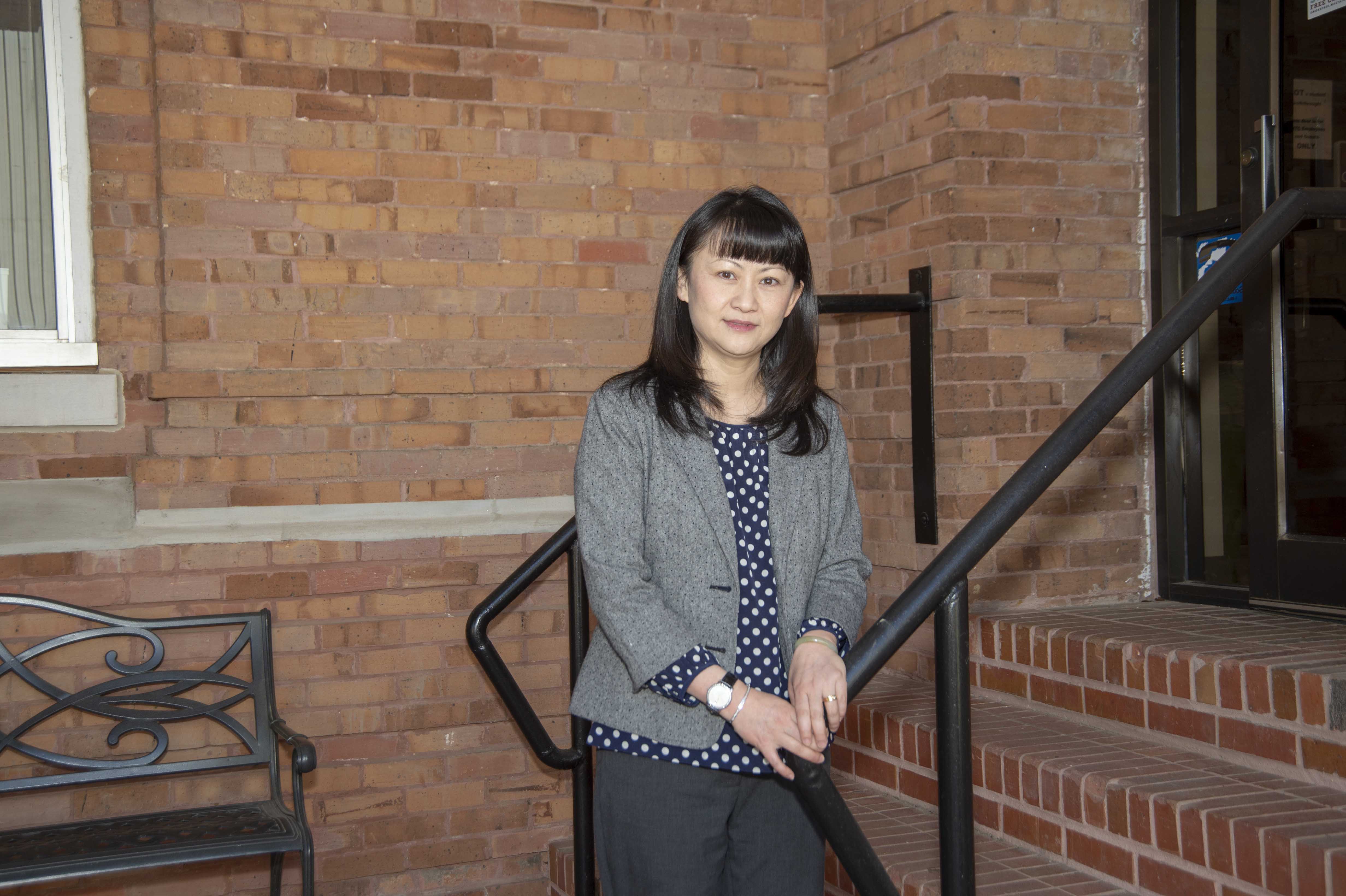Thursday, August 1, 2019

Dr. Yan Sun joined the ISWD family in 2018. She received her Ph.D. in Learning, Design, and Technology from Purdue University in 2013 and completed her post-doctoral research at Texas A&M. While her move and transition to Mississippi State were smooth, Sun knew that she needed to find a way to get involved. She decided to become a member of the College of Education Faculty Council; a decision that has proved to be very helpful.
“We talk about what kinds of problems faculty members might have and organized a panel discussion on those problems to, hopefully, be able to answer those questions.”
Sun began serving on faculty council last semester becoming a part of the college community. Sun explained that it’s a great way to get her own questions answered while helping other faculty members. She also mentioned that the council is a good way for her to get to know people from other departments, and she hopes this will lead to research collaboration to examine how technology can be integrated to improve STEM teaching and learning, especially in rural schools. Not long after coming to Mississippi State, Sun published a book on the subject titled “Engaging STEM students from rural areas: Emerging research and opportunities.”
As she points out in her book, “The term ‘rural America’ is deceptively simple; it is simple in the sense that ‘rural’ seems perpetually associated with the mental images of sparsely populated areas with sprawling expanses of farmland and pasture, but it is deceptive because, with this single term, we are talking about 97% of the country’s land mass and home to about 60 million people. When it comes to rural education, this word ‘rural’ applies to more than 49,500 public elementary and secondary schools serving about 12 million students.”
Improving rural school STEM education with emerging technologies is one of the areas Sun will focus on in her future research and service.
“We want to engage the students with these new technologies, but we also want to show teachers how to integrate them into their classrooms. We want them to make learning, in general, more engaging and fun, but especially in STEM education.”
Click here to view more news.